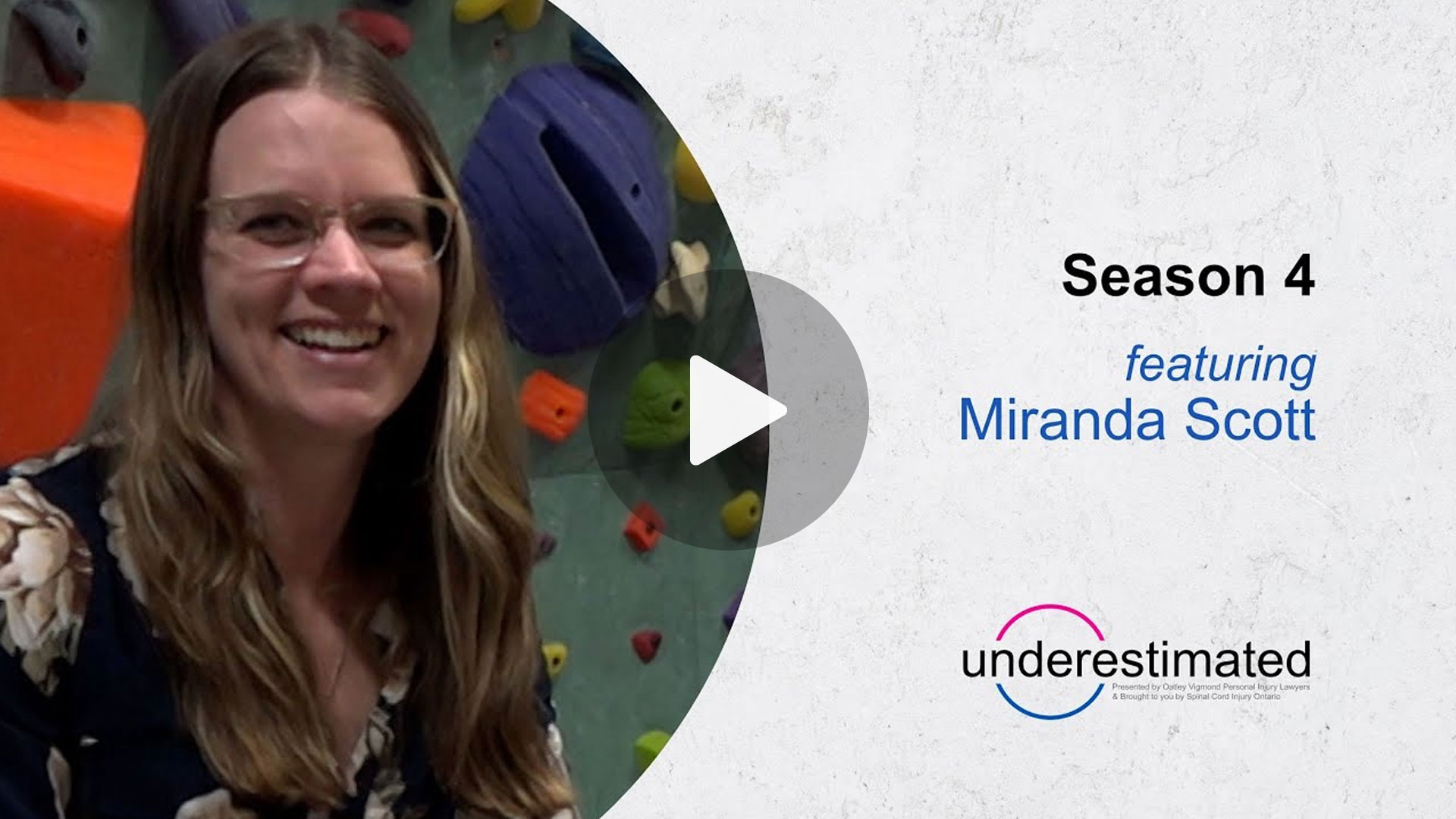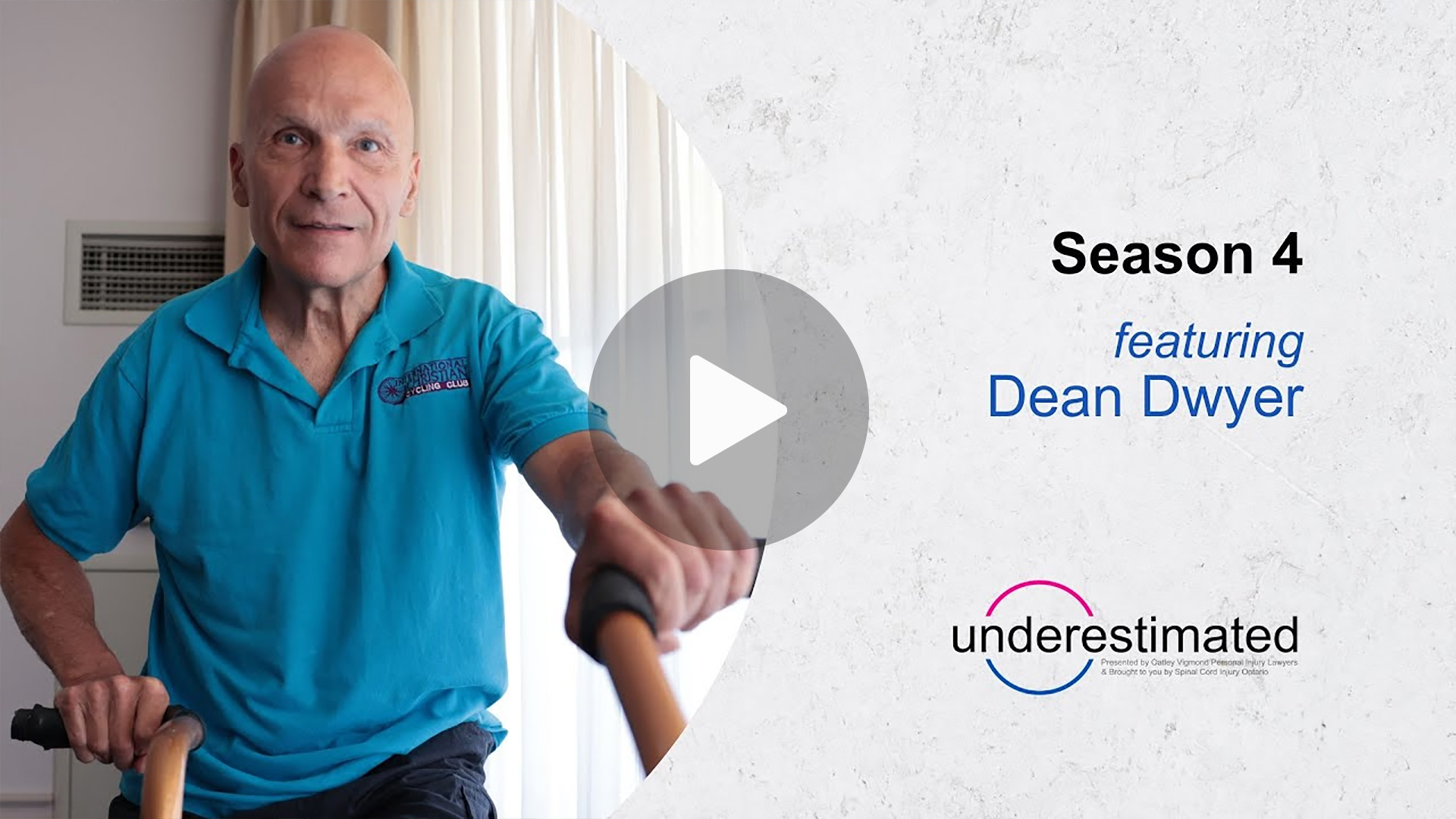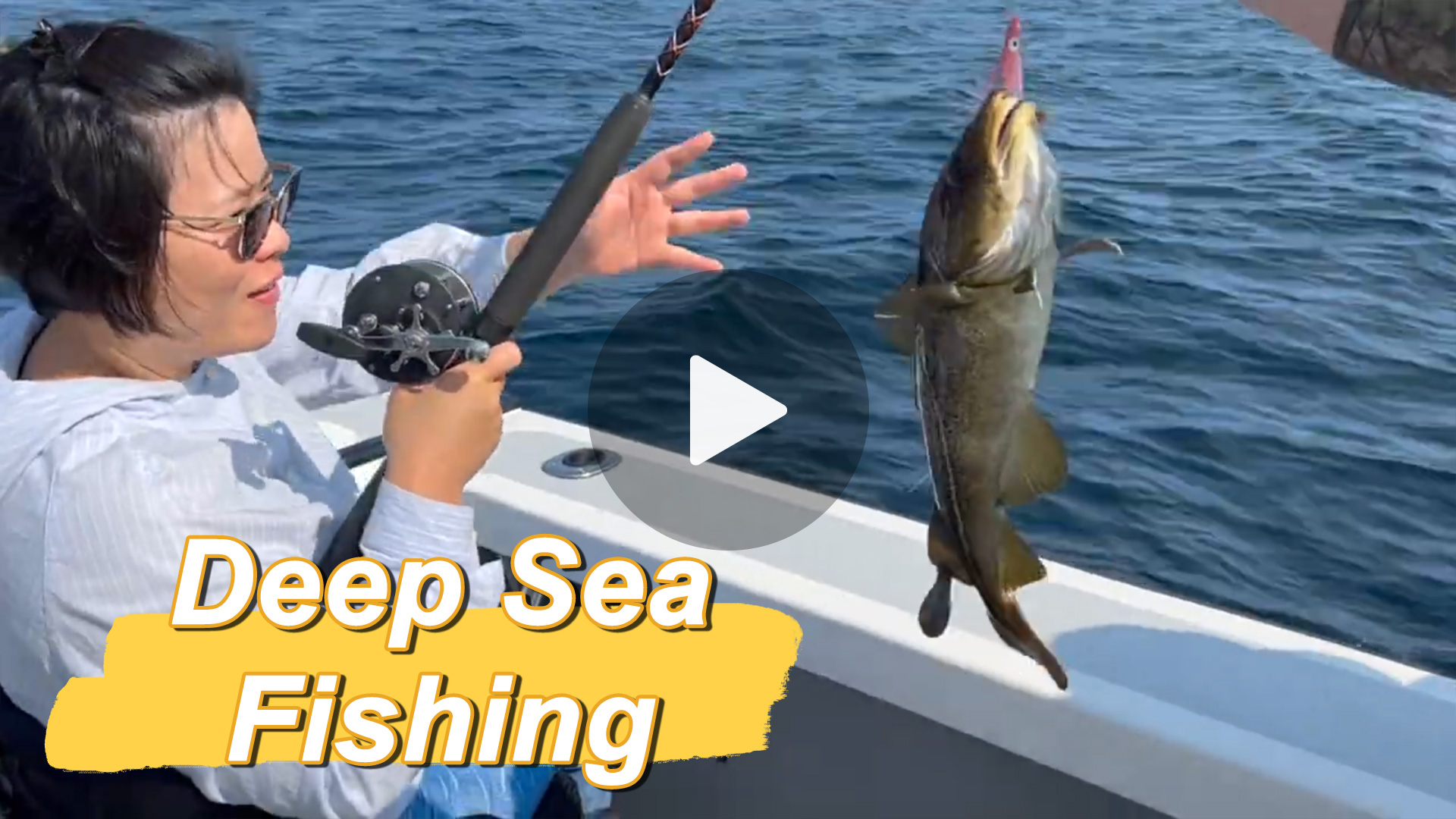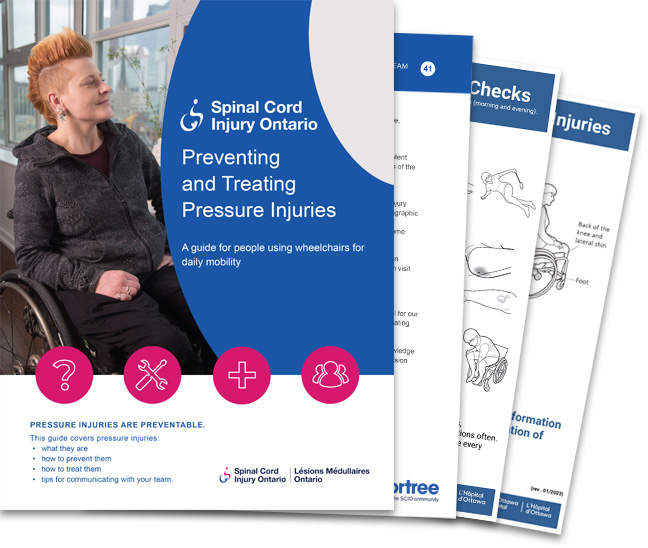Youtube: Wilson Libita Art
Facebook: Wilson Libita Art
Tiktok: @wilsonlibita
Instagram: wilsonlibitaart
Today, we visit Wilson, a quadriplegic painting by mouth, as we focus on extraordinary people living with paralysis quadriplegia. In this video, Wilson discusses an accident that caused a spinal cord injury, and how that changed his life completely. He talks about how he started mouth painting to pass the time, and some of the beautiful pictures he’s created.
Quadriplegics are capable of accomplishing far more than most of us think. Despite the fact that their motor skills are severely compromised and they have difficulty utilizing their upper and lower limbs, they only require the correct tools to execute many chores that would normally have to be done by someone else. A person with quadriplegia can execute a variety of little chores. Aside from the obvious, there are reasons to attempt to let kids work and play on their own: motivation, enjoyment, self-esteem, and independence are all significant factors in every individual’s well-being and mental health. Boredom and even sadness can occur when these are lacking.
Painting and making artwork are both physically and emotionally soothing. This is supported by numerous studies. Making art process heats up the brain, it generates all those nice chemicals that make us feel alive, whether you’re expanding on talents or acquiring a brand-new skill in the middle of your life. This is why many people who have had a spinal cord damage pursue adapted art. It just feels good. When you make anything with your own hands, lips, or feet, you get a lot of satisfaction. It truly gives someone with paraplegia or a spinal cord injury a sense of accomplishment.
A mouth stick is an assistive device created for persons who have uncontrolled hand movement or tremors as a result of cerebral palsy, as well as those who are unable to move their hands owing to quadriplegia. They can use it to do things like type, touch buttons, switch pages, and even draw. To do this, a unique stick is used with the tongue to perform a variety of duties larger than most people think.
A plastic or rubber feature at one end of the stick is usually the piece of the device that is placed into the mouth. It improves grip and control by making it easier to hold the stick with the mouth, avoiding injury and improving grip and control. At the opposite end, depending on the specific application intended for each stick, there is frequently a rubber tip of various forms and materials.
This video provides information on:
- quadriplegic painting by mouth
- extraordinary people living with paralysis quadriplegia
- disabled painter inspirational story
- living with spinal cord injury and living with paralysis
- mouth & foot painting artist
- painting by mouth and foot artists
- quadriplegic doing artwork
Painting appears to be the most popular art form among people with SCI. Painting is fantastic if you’re immobilized because it can be flung down on the canvas in so many different ways. If you enjoyed this video featuring Wilson, a quadriplegic painting by mouth, as we focus on extraordinary people living with paralysis quadriplegia, please remember to like, share, subscribe and leave a comment if you have any questions, suggestions, or feedback. We hope to see you here again soon!






